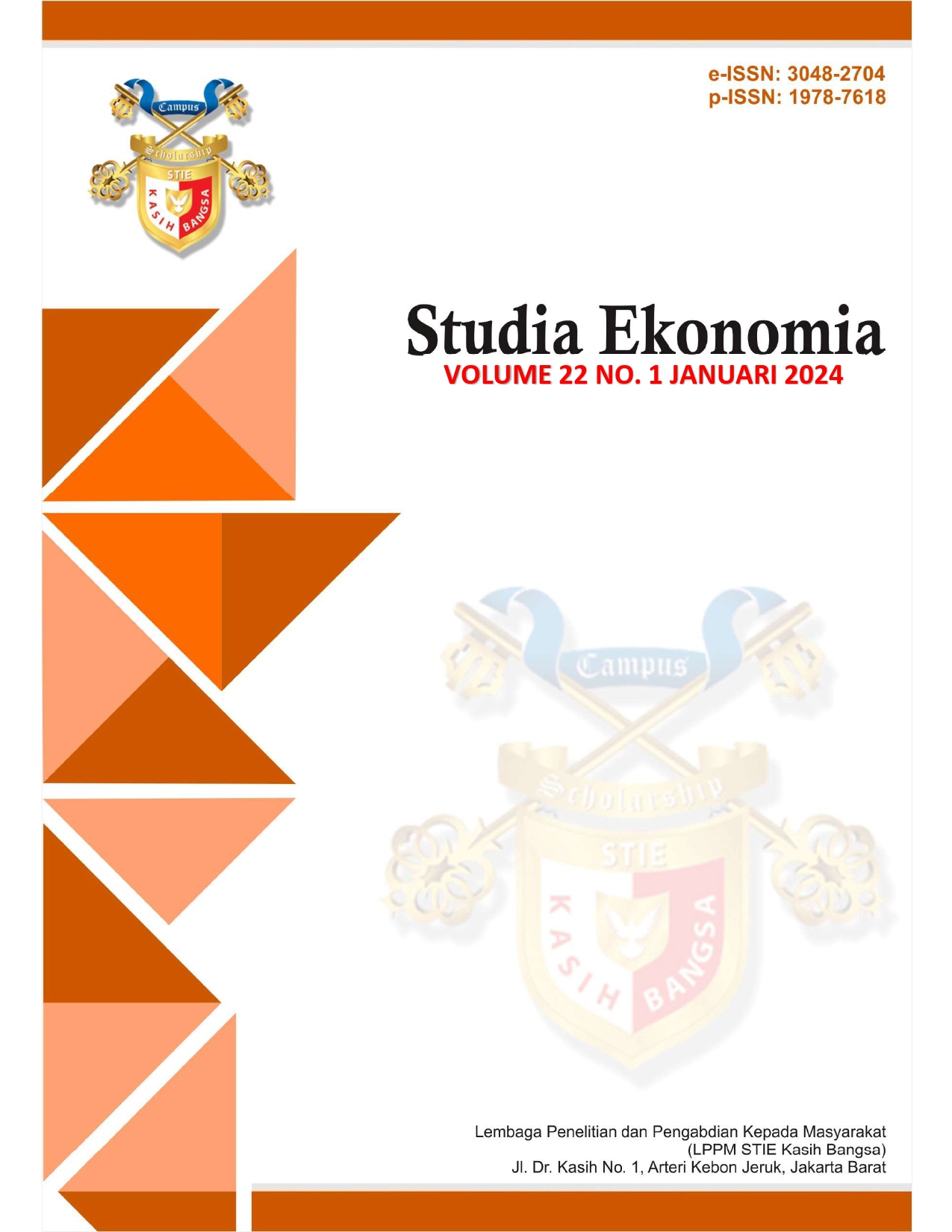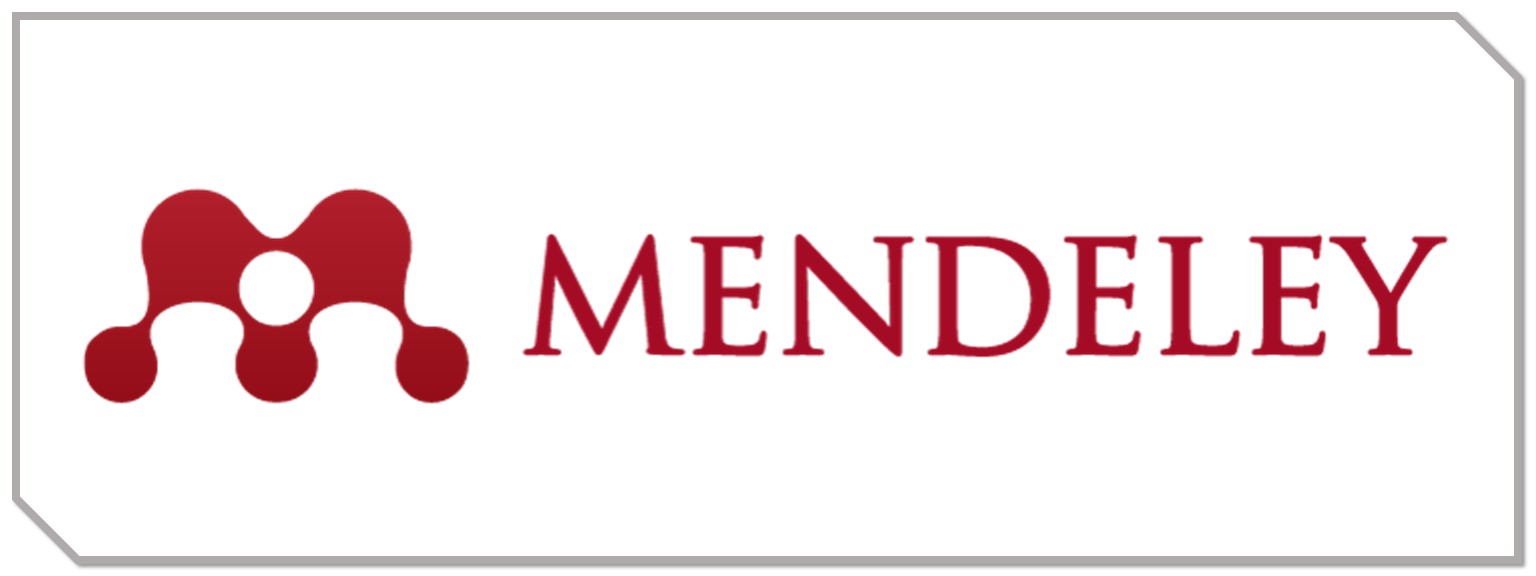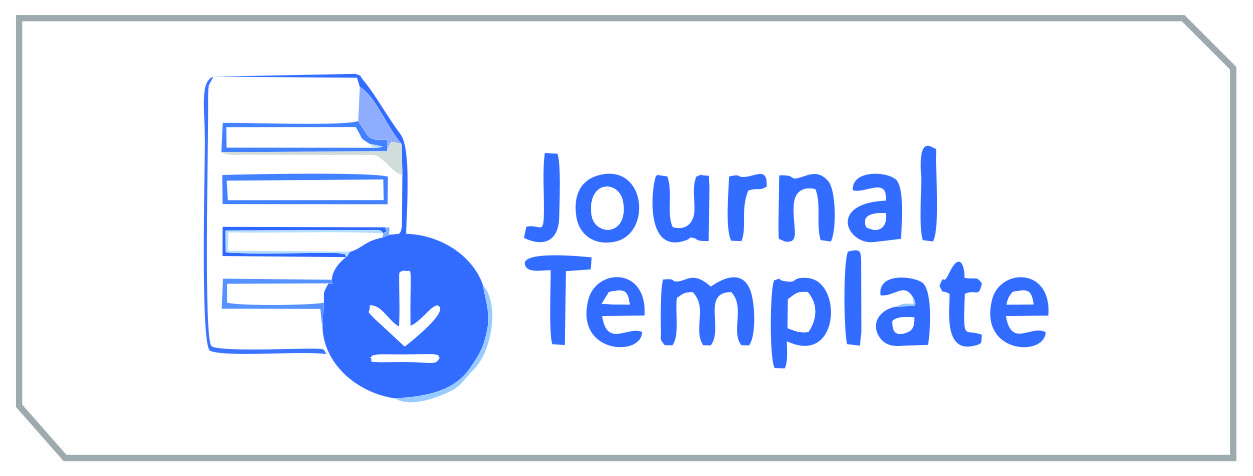Mapping Word-of-Mouth Pathways: Tie Strength and Contextual Reference Considerations
DOI:
https://doi.org/10.70142/studiaekonomika.v22i2.230Keywords:
Word-of-Mouth, Tie Strength, Contextual References, Qualitative Research, Communication Dynamics.Abstract
This qualitative study explores "Mapping Word-of-Mouth Pathways: Tie Strength and Contextual Reference Considerations" with the aim of understanding the dynamics of word-of-mouth (WOM) communication. The research model investigates the influence of tie strength and contextual references on the propagation of WOM messages. A purposive sampling technique was employed to select participants representing diverse social networks and contexts. Data analysis involved thematic analysis to identify patterns and themes in the qualitative data. The findings reveal that tie strength plays a significant role in shaping the direction and intensity of WOM exchanges, with strong ties facilitating more direct and impactful communication. Contextual references, including situational factors and target group characteristics, also influence WOM pathways, guiding the dissemination of messages. This study contributes to a deeper understanding of WOM dynamics and provides insights for marketers and communicators seeking to leverage WOM effectively.
Downloads
References
Adjei, M. T., Nowlin, E. L., & Ang, T. (2016). The Collateral Damage of C2C Communications on Social Networking Sites: The Moderating Role of Firm Responsiveness and Perceived Fairness. Journal of Marketing Theory and Practice, 24(2), 166–185. https://doi.org/10.1080/10696679.2016.1131057
Anderson, E. W. (1998). Customer Satisfaction and Word of Mouth. Journal of Service Research, 1(1), 5–17. https://doi.org/10.1177/109467059800100102
Berger, J. (2014). Word of mouth and interpersonal communication: A review and directions for future research. Journal of Consumer Psychology, 24(4), 586–607. https://doi.org/10.1016/j.jcps.2014.05.002
Bohlmann, J. D., Rosa, J. A., Bolton, R. N., & Qualls, W. J. (2006). The Effect of Group Interactions on Satisfaction Judgments: Satisfaction Escalation. Marketing Science, 25(4), 301–321.
Buttle, F., & Groeger, L. (2017). Who says what to whom in what channel? A rules theoretic perspective on word-of-mouth marketing. Journal of Marketing Management, 33(13–14), 1035–1059.
Dunahoo, C. L., Hobfoll, S. E., Monnier, J., Hulsizer, M. R., & Johnson, R. (1998). There’s more than rugged individualism in coping. Part 1: Even the lone ranger had tonto. Anxiety, Stress & Coping, 11(2), 137–165. https://doi.org/10.1080/10615809808248309
Godes, D., & Mayzlin, D. (2004). Using Online Conversations to Study Word-of-Mouth Communication. Marketing Science, 23(4), 545–560. https://doi.org/10.1287/mksc.1040.0071
Granovetter, M. S. (1973). The Strength of Weak Ties. American Journal of Sociology, 78(6), 1360–1380. https://doi.org/10.1086/225469
Hadi, S.P. 2020. Analisis Dampak Gaya Komunikasi Juru Bicara KPK Terhadap Persepsi Publik. Journal Inter Komunika Vol. 5 Issue 1 Pages 1-13: Sekolah Tinggi Ilmu Komunikasi Interstudi. P-ISSN: 25483749 E-ISSN: 26154420
Harrison-Walker, L. J. (2001). The Measurement of Word-of-Mouth Communication and an Investigation of Service Quality and Customer Commitment As Potential Antecedents. Journal of Service Research, 4(1), 60–75.
Karunia, P. & Hadi, A.S.P. 2022. Pengaruh Komunikasi Internal Terhadap Employee Engagement Di PT. Mastersystem Infotama. Prosiding Hubungan Masyarakat Vol. 8, No. 1, (Juli, 2022): UNISBA. DOI: http://dx.doi.org/10.29313/.v8i1.31754
Kirshner, E. (1993). Spouses’ joint purchase decisions: Determinants of influence tactics for muddling through the process. Journal of Economic Psychology, 14(2), 405–438. https://doi.org/10.1016/0167-4870(93)90009-A
Krishna, A., & Kim, S. (2020). Exploring customers’ situational and word-of-mouth motivations in corporate misconduct. Public Relations Review, 46(2), 101892. https://doi.org/10.1016/j.pubrev.2020.101892
Marsden, P. V., & Campbell, K. E. (1984). Measuring Tie Strength. Social Forces, 63(2), 482. https://doi.org/10.2307/2579058
Mücksch, J., Ziemann, M., & Siems, F. U. (2024). Word-of-Mouth Escalation Levels – Theory and Results of an Empirical Study Considering Different Situations and Target Groups. Hermes – Journal of Language and Communication in Business, 64, 23-35.
Pingkan, J.A..,& Hadi, S. P. (2021). Pengaruh Komunikasi Internal Perusahaan Terhadap Motivasi Kerja Karyawan. Prosiding Hubungan Masyrakat Vol. 7, No. 1, (Februari, 2021): UNISBA
Downloads
Published
How to Cite
Issue
Section
License
Copyright (c) 2024 Studia Ekonomika

This work is licensed under a Creative Commons Attribution-NonCommercial-ShareAlike 4.0 International License.
KABA Journal of Management and Entrepreneurship (KBJME) is licensed under the International Creative Commons Attribution-NonCommercial-ShareAlike 4.0
Articles in KABA Journal of Management & Entrepreneurship (KBJME) are Open Access articles published under the Creative Commons CC BY-NC-SA License. This licence permits the use, distribution, and reproduction in any medium for non commercial purposes only, provided the work and orginal source are properly cited.
Any derivatives of the original must be distributed under the same license as the original.














